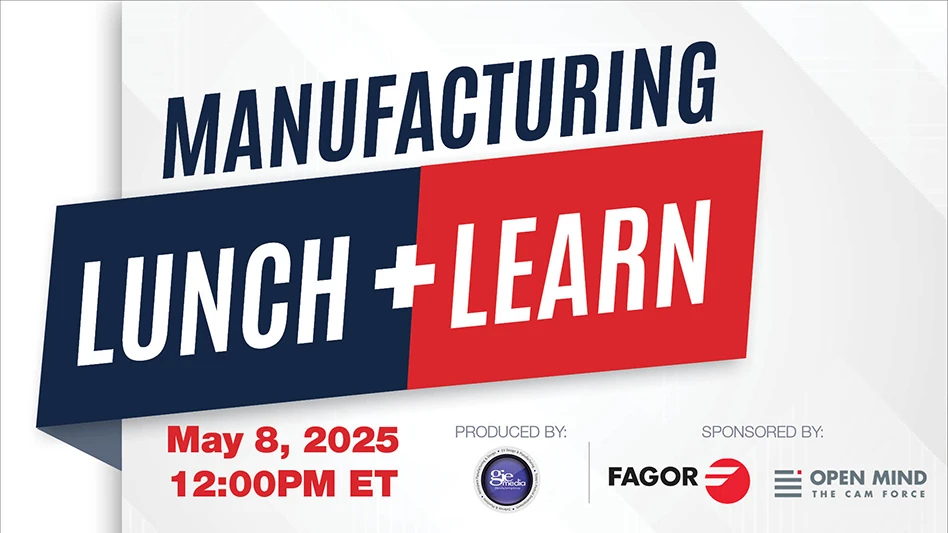
By Jacob Andra, U.S. Translation Company
Utah conjures several distinct images for the rest of America, but tech hub typically isn’t one of them. However, for those in the know – or in the 80-mile urban strip along the Wasatch Mountains – the so-called Silicon Slopes are humming with hi-tech industry. Software, to be sure, such as Qualtrics, Domo and BambooHR have sprouted in the area. However, Salt Lake City and its surroundings also boast a robust life sciences sector.
Per Matt Hilburn of the Economic Development Corporation of Utah, 250 medical manufacturers have their operations in Utah. These include indigenous firms as well as those from outside who’ve set up manufacturing facilities in the state. Take, for instance, Edwards Lifesciences. The California-based medical device giant opened a new manufacturing facility in Draper, Utah, in 2010, with plans to hire 1,000 Utahns. Homegrown companies include such names as Merit Medical, Varian Medical Systems, and Turner Medtech.
The industry employs more than 30,000 people and has a 1.44 multiplier effect. Which means, essentially, that each job in medical technology creates nearly half an additional job. What good is half a job, you ask? Plenty good, if you put two halves together to make an entire job.
For the life sciences sector, Utah ranks as the highest state in the nation in location quotient (LQ), with an unsurpassed LQ of 3.48. The national average is 1.0; anything above 1.25 “is considered a competitive advantage,” Hilburn says.
Andrew Lavar, who advocates for the life sciences cluster out of the Utah Governor’s Office of Economic Development (GOED), reports that “many of Utah’s largest device manufacturers are expanding, and we also have numerous entrepreneurial companies developing exciting new medical technologies.”
Large and small, Utah’s medtech firms generally seem to be growing. To the tune of a 22.04% five-year annual growth industry-wide.
Dave Johnson, an engineer for Merit Medical, thinks that the sector can attribute its success to Utah’s overall economic boom. The state has been lauded by such outlets as Forbes, CNBC, and Entrepreneur for its industry-friendly environment.
“We have relatively low regulation, great research universities, and a well-educated workforce,” Johnson notes. “And, we’re the youngest state in the nation.”
The state has transport and supply advantages as well. Logistically, Utah is ideally positioned as a regional hub. More rail lines pass through the Salt Lake City metro area than any other city west of the Rockies. The city is also a Delta hub (many passengers don’t realize that Delta planes carry huge amounts of cargo). And, a proposed inland port would clinch the city’s status as the logistics epicenter of the Western United States.
Challenges exist – such as the need for horizontal integration within the industry ecosystem, as well as a lack of sufficient venture capital – but Utah shows every indication of surmounting them in the coming years.
Jacob Andra analyzes and reports on the life sciences industry for U.S. Translation Company, a language firm helping American medical firms reach non-English-speaking markets.
Latest from Today's Medical Developments
- Siemens accelerates path toward AI-driven industries through innovation and partnerships
- REGO-FIX’s ForceMaster and powRgrip product lines
- Roundup of some news hires around the manufacturing industry
- Mazak’s INTEGREX j-Series NEO Machines
- The Association for Advancing Automation (A3) releases vision for a U.S. national robotics strategy
- Mitutoyo America’s SJ-220 Surftest
- #56 - Manufacturing Matters - How Robotics and Automation are Transforming Manufacturing
- STUDER looks back on a solid 2024 financial year






